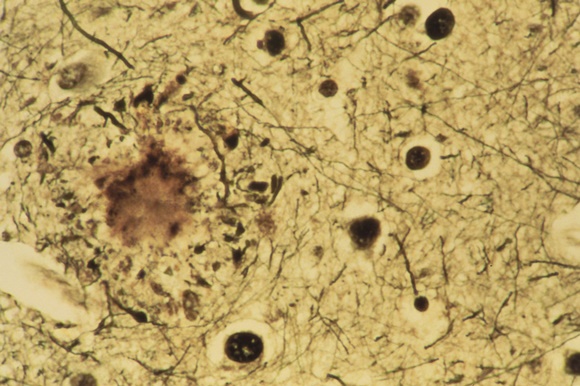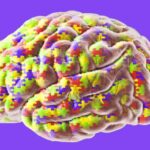Researchers at the University of RMIT University uncovered a strong correlation of the presence of amyloid plaques in patients with Alzheimer’s disease relative to those with obstructive sleep apnea. The findings appeared in the journal Sleep.
In the past, researchers have established an association between the two conditions but refrained from a detailed comprehension of what causes such an association.
In the new study, the research team at RMIT University examined autopsy tissue in the hippocampus of more than 30 people. The brainstems of a further 24 participants with obstructive sleep apnea were also studied.
Among the participants, a focus was placed on amyloid plaques and neurofibrillary tangles, both hallmark indicators of neurodegeneration observed in patients with Alzheimer’s.
The plaques and tangles in the brains of the participants with severe sleep apnea were strikingly similar to that of patients with Alzheimer’s, researchers determined.
“Our study is the first to find Alzheimer’s-like amyloid plaques in the brains of people with clinically-verified obstructive sleep apnea,” said Stephen Robinson, the study’s lead author, in a news release.
“It’s an important advance in our understanding of the links between these conditions and opens up new directions for researchers striving to develop therapies for treating, and hopefully preventing, Alzheimer’s disease,” Robinson concluded in the news release.
The study was also authored by Jessica Owen, Bryndis Benediktsdottir, Elizabeth Cook, Isleifur Olafsson, and Thorarinn Gislason.


